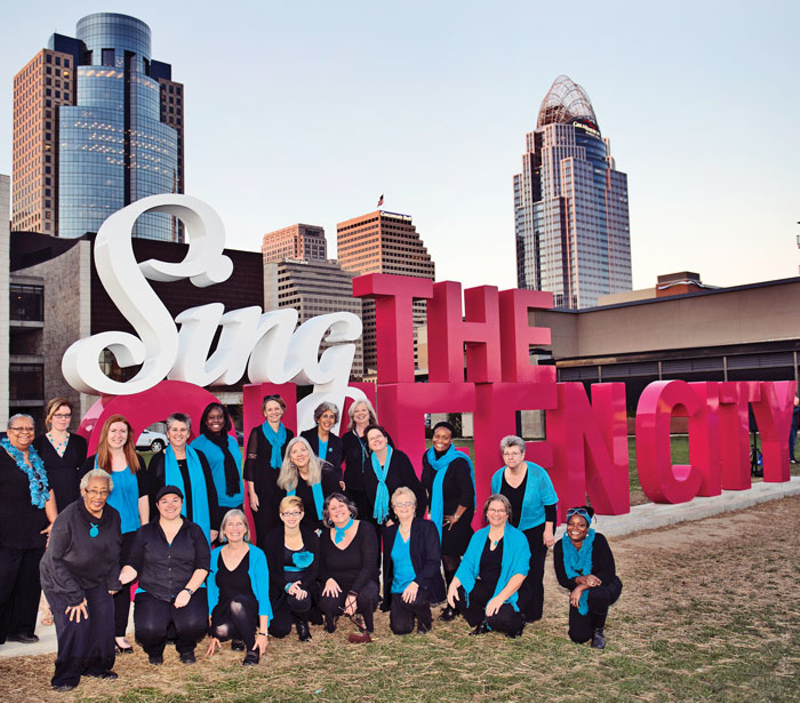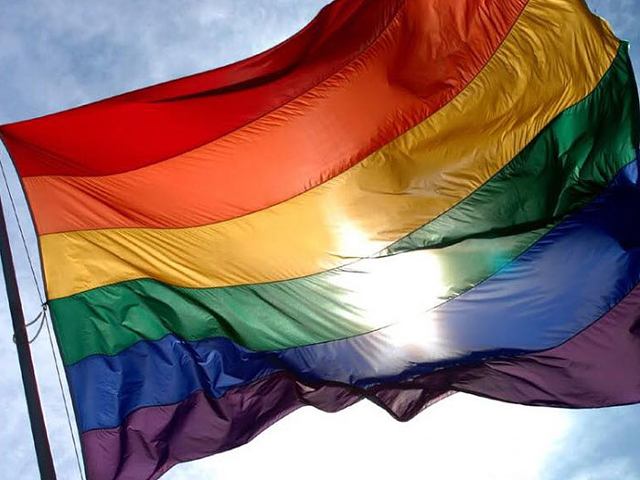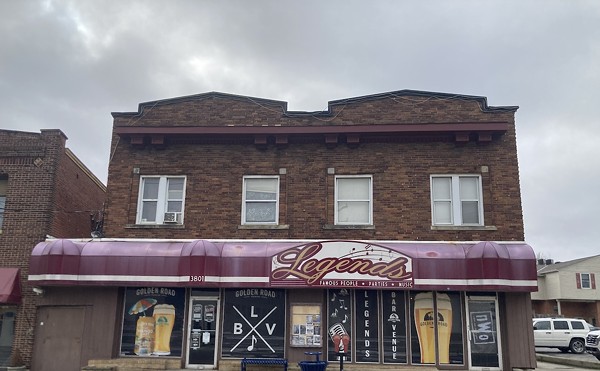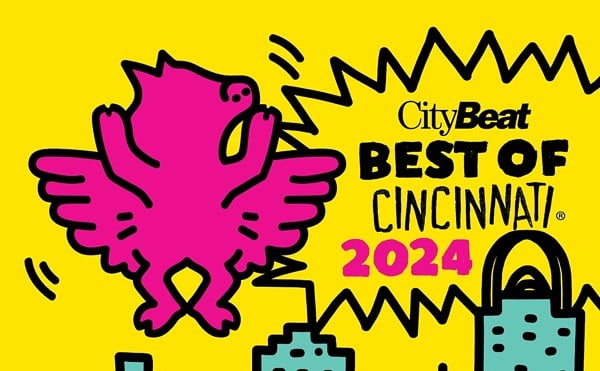The power of song has always been a force for social justice. Inspired by music from the Civil Rights Movement of the ’50s and ’60s, LGBTQ communities began to harness that power to bring about change starting in the early 1980s.
MUSE: Cincinnati’s Women’s Choir was founded in 1983; Cincinnati Men’s Chorus was established in 1991. In 2014, Diverse City, the area’s first LGBTQ/straight alliance youth choir, began.
All three groups will be in Denver July 2-6 for the GALA Festival — GALA stands for Gay and Lesbian Association of Choruses — the world’s largest LGBTQ performing event. Held every four years, this year’s event will draw more than 6,000 participants representing 173 ensembles from all over the world, including China and Cuba.
Today, 190 choruses, ranging from youth ensembles to 300-voice groups, are on the GALA roster. For many of these groups, this festival is the high point of their choral experience.
“It’s more than the amazing performances,” says Kevin Craig, a 10-year member of the Cincinnati Men’s Chorus. “It’s the sense of normalcy and really seeing the power of the movement.”
Dr. Catherine Roma missed out on the first GALA Festival in 1983 because she was moving to Cincinnati for doctoral studies at the University of Cincinnati’s College-Conservatory of Music. She had founded Anna Crusis Women’s Choir in Philadelphia in 1975 — the longest-tenured member listed on GALA’s timeline. Roma’s experience in Philadelphia led her to start MUSE here.
Roma attended the 1986 Festival in Minneapolis and quickly became an outspoken advocate for women’s groups and a leader in the organization.
“It was a beautiful thing to meet so many amazing gay men who were so welcoming,” she says. “They wanted women’s choruses involved and they were dedicated to that.”
MUSE made its GALA debut at the 1989 Seattle Festival, a performance Roma remembers as being off the charts. “We were one of only nine women’s choruses, and we upstaged the New York Gay Men’s Chorus, who had to follow us,” she says. Since then, MUSE has taken on rockstar status.
Casey Hayes was the assistant director and accompanist for the Indianapolis Men’s Choir when he first attended the 2000 Festival in San Jose, Calif. He calls the experience life-changing. “
As a gay man, knowing these choruses had been out there building bridges between our community and others really affected me,” he says. “It’s why I do what I do.”
Hayes is completing his fifth year as the artistic director of the Cincinnati Men’s Chorus. It’s been eight years since CMC appeared at GALA.
“I didn’t realize the power of the movement or how strong it was,” says CMC member Craig, recalling the 2008 Festival in Miami. “There were 5,000 people like us and so different. I’ll never forget how warm everyone was, whether they were gay or straight.”
Denise Taylor describes her first GALA as liberating. “As an African-American lesbian, just holding hands with my partner in public was something I couldn’t imagine doing anywhere else.”
Rhonda Juliano was assistant director of the Seattle Women’s Choir in 2004 and couldn’t take in everything at that year’s Montreal Festival, because she and her other ensemble, Diverse Harmony, were making history as the first American gay/straight alliance youth choir to appear at GALA.
“To think that teenagers could be on stage sharing their stories was so powerful,” Juliano says. “So many in the audience never had that kind of openness.”
Cincinnati’s gay/straight alliance chorus Diverse City and its director Steve Milloy will make their GALA debut this year.
Juliano is returning to GALA as MUSE’s artistic director, a responsibility she deems an honor. She says she’s not nervous — in part because there’s so much support. Their featured set on July 3 will include a MUSE commission, “Phenomenally,” Rosephanye Powell’s setting of Maya Angelou’s poem.
The GALA experience has profoundly affected many straight members of MUSE. Lois Shegog, MUSE’s assistant director, calls her first GALA in 1996 “a real learning trip.”
“As a straight African-American woman, I saw how much more complicated life was for my lesbian sisters,” she says. “It also motivated me to join the board, to be a voice for women, as well as for African-American women.”
Shegog was also struck by MUSE’s diversity, which sets it apart from many other groups. “It’s not just about being a rock star,” she says. “No one else looks like us when it comes to ethnicities or age range. No one.”
“Really seeing how we’re role models for people across the country and beyond made this the experience of my life,” says Marie-Elyse Krulewitch-Browne, whose solo begins MUSE’s GALA set.
With more than 200 performances and workshops over a five-day period, sets are timed down to the last second, and it’s impossible to hear everything.
“Imagine it — now there are 29 women’s choruses, a transgender section, a program featuring people of color and youth choruses,” Roma says.
And when the choirs come home, MUSE member Debbie Piper hopes that they will be inspired by what they hear and learn.
“GALA is a safe place for GLBTQ communities to sing for what we believe,” she says. “What we’re singing for today may be different from what was sung in 1986, but it’s all part of a journey. It may never be complete, but still, we celebrate in song.”
A special GALA SEND OFF CONCERT featuring all three ensembles will take place 3 p.m. Sunday at Mount Washington Presbyterian Church. More info: cincinnatimenschorus.org or musechoir.org.







